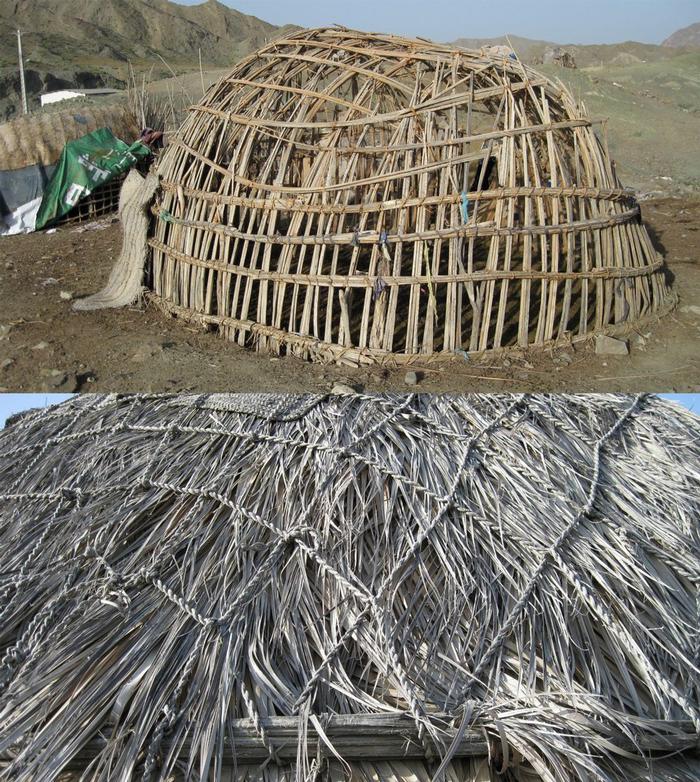Zahra Mossadegh Akrami and Ali Tabatabaei Ghomi ProposalWhen Local Architecture Provides a ShelterIn December 2003, an earthquake with a moment magnitude of 6.7 turned the ancient city of Bam into dust. Nearly 93% of urban buildings were destroyed. Harsh climate of the region necessitated the need for temporary shelters besides tents. Arrival of low-income and homeless families from other villages and settlements looking for financial aids and donations made the issue even more complicated. It was then necessary to consider two target groups: the native affected families, and the temporary low-income immigrants. The construction of temporary units began no sooner than two months after the earthquake. However, a large number of survivors preferred staying in tents to moving to camps located far from their destroyed houses. Due to not being familiar with living in prefabricated units, they had no emotional or physical dependence to those places. Meanwhile, before the construction of temporary units, a group of forces from Housing Foundation Organization conveyed a new approach with the aid of citizens, using local materials in building small shelters. Palm tree products are economically valuable in the region and Bam is full of palm groves. There are also local architects with their own building techniques using vernacular materials. Palm leaves and stems are suitable for building cost-free shelters, since they are light in weight, flexible and can be found easily in groves for free. The techniques used by Housing Foundation Organization for building these shelters were so convenient that survivors could quickly learn from local architects. Local residents built two types of shelters with maximum area of 14 meters square with this approach. In the first type, the structure was built from palm stems mesh which formed an approximate hemisphere. The structure was covered by palm leaves afterwards. The same covering was used for the second type, but the structure involved four pieces of palm timbers. This approach had been also used in other regions based on their local materials and techniques, like in Rudbar earthquake in 1990. We believe that this strategy has the potential to be used not only in emergency shelters, but also in the development of a solution for homelessness issue in Bam or other cities with local traditions and construction materials. Using easy local techniques, adaptability with climate, the abundance of materials, low cost and quick construction are the main features of Housing Foundation Organization approach that can be developed for various regions. But the gap between the major part of Iranian contemporary architecture and vernacular architecture has led to a lack of awareness about different aspects of local materials and techniques, which has culminated in the elimination of many possible low-cost solutions unintentionally. Our endeavor is to understand the way Housing Foundation Organization thinks and copes with the challenges and describe various aspects of the project like residents’ participation and the techniques used in building shelters. Moreover, we intend to find a way to obtain the knowledge of local architecture, develop it to a homelessness solution for a particular region and transfer the knowledge to homeless people. Additional Help and InformationAre you in need of assistance? Please email info@berkeleyprize.org. |
|


